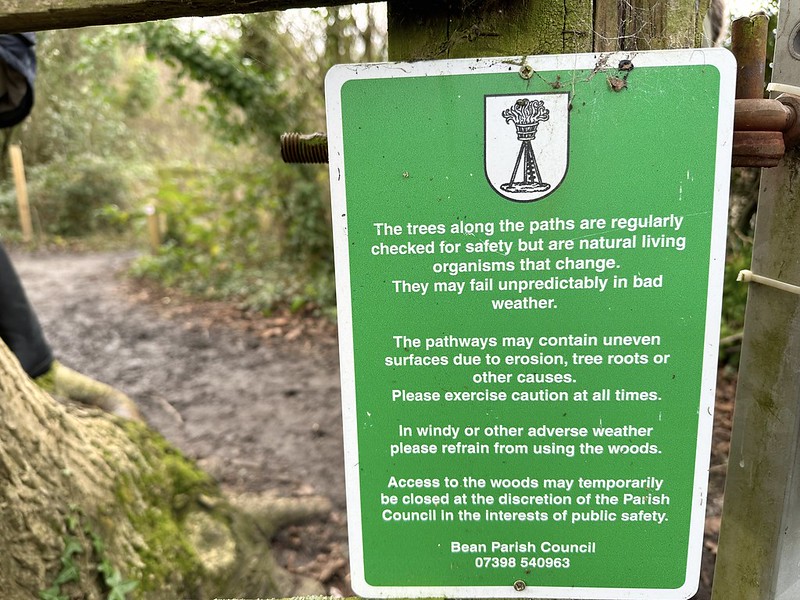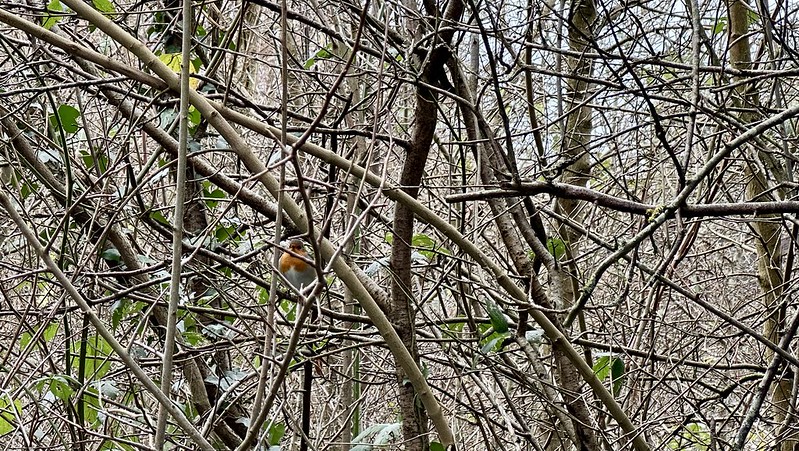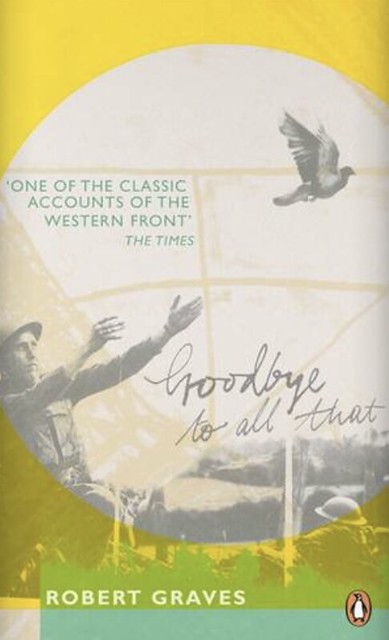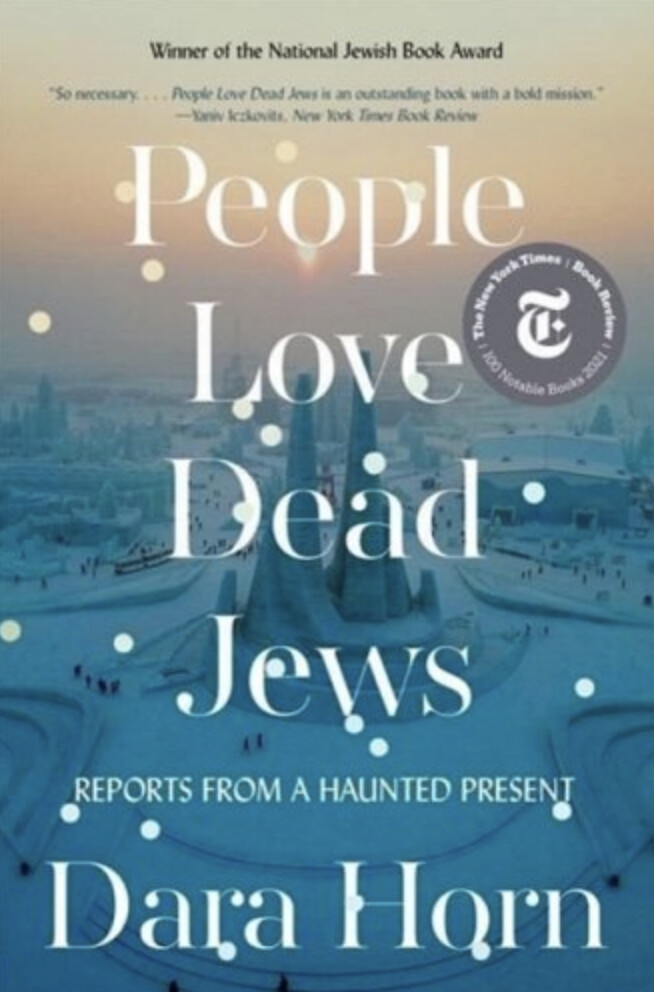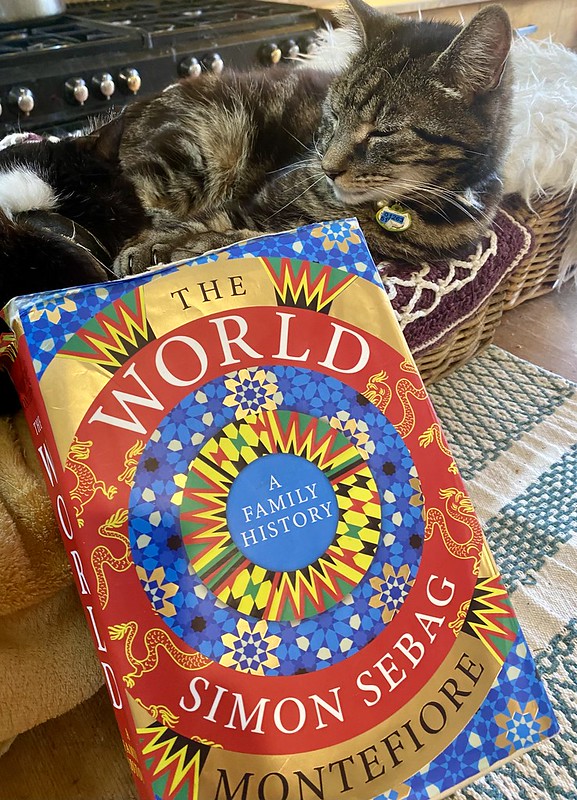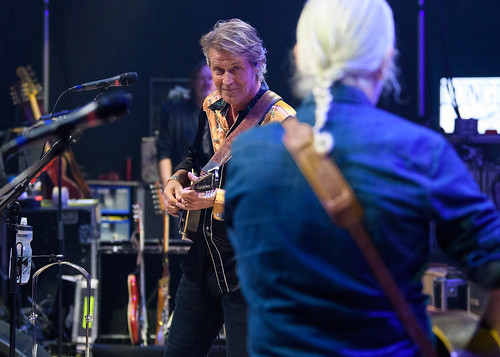 Kelly and Zach Weinersmith: A City On Mars Just when I was finishing the draft of my next book, in which I was wondering idly about possible futures for people in space, I came across this entertaining and very refreshing corrective. Cheekily subtitled Can we settle space, should we settle space, and have we really thought this through? the Weinersmiths puncture the starry-eyed optimism of space cadets such myself that the High Frontier will soon be ripe for human settlement. Yes, there may be some exciting technology, driven by the ambition of tech billionaires such as Messrs Musk and Bezos, but there is really far too much we don’t know about the capabilities of humans to survive in space that we need, realistically, to research, before we make that leap. To take just one thing (notwithstanding inasmuch as which that it’s an absolutely crucial … er … thing): although some 400 astronauts have ventured into orbit, and even then for only very short periods, the only humans who have ever been above the Earth’s magnetosphere were the Apollo astronauts, all of whom were men. To date, no woman has ever flown above the natural geodynamic shield that protects fragile flesh from the harsh environment of radiation in space. This means that there are no data on the effects that radiation has on the female reproductive system, still less on whether it is possible to bring foetuses to term in space, and that they should grow up healthy.
Kelly and Zach Weinersmith: A City On Mars Just when I was finishing the draft of my next book, in which I was wondering idly about possible futures for people in space, I came across this entertaining and very refreshing corrective. Cheekily subtitled Can we settle space, should we settle space, and have we really thought this through? the Weinersmiths puncture the starry-eyed optimism of space cadets such myself that the High Frontier will soon be ripe for human settlement. Yes, there may be some exciting technology, driven by the ambition of tech billionaires such as Messrs Musk and Bezos, but there is really far too much we don’t know about the capabilities of humans to survive in space that we need, realistically, to research, before we make that leap. To take just one thing (notwithstanding inasmuch as which that it’s an absolutely crucial … er … thing): although some 400 astronauts have ventured into orbit, and even then for only very short periods, the only humans who have ever been above the Earth’s magnetosphere were the Apollo astronauts, all of whom were men. To date, no woman has ever flown above the natural geodynamic shield that protects fragile flesh from the harsh environment of radiation in space. This means that there are no data on the effects that radiation has on the female reproductive system, still less on whether it is possible to bring foetuses to term in space, and that they should grow up healthy.
Oh, and another if rather different thing that the Weinersmith’s cover in depth: the questions raised by legal title and ownership of any part of space (this section of the book is much more interesting than it sounds). Can you just fly off to Mars and set up your own private empire there? Apparently not — the United Nations’ Outer Space Treaty (OST) forbids it. But the OST was created before anyone had landed on the Moon, and might need updating. Efforts to sequester pieces of space before such issues are hammered out to the general satisfaction might lead to conflict here on Earth.
Third, for perfectly good reasons of biology, as well as societal functioning, psychology and economics, successful colonies in space will need to be large, and house many thousands of people, if not millions, with the necessary spread of occupations that would allow a society to function. A few people cooped up in a tin can hundreds of miles from Earth won’t cut it. What if one of the colonists needs root-canal work and none of the other colonists is a dentist? And so on. Finally, space is dreadful. I mean, really dreadful. Yes, the views are nice, but the immediate environment is simultaneously extremely dull and absolutely lethal. There seems to be no rational reason why anyone would want to go into space. That doesn’t rule out any irrational ones. And when have human beings ever behaved rationally? All of which brings us to …
 Simon Sebag-Montefiore: The World: A Family History This absolute unit of a tome was given to me last Christmas — yes, Christmas 2022 — but I had been put off by its forbidding hugeness (it weighs in at more than 1200 pages) and until the holidays I was only reading a few pages at a time, when to get the best out of it you really need to put in the hours. (This was the book I mentioned last time). Conceived as a modest little lockdown project by the eminent historian, it covers 4,000 years of human history, from the perspective of families — dynasts such as the Habsburgs, the Julio-Claudians, the Sauds, the Hohenzollerns, the Assads, the Gandhis, the Bonapartes, the Trumps, the Paleologoi and so on, and many more you’ll never have heard of. Taken together it’s a rather gruesome litany of murder, incest, deceit, massacres, war, sexual perversion, more war, genocide, mutilation, slavery, antisemitism, misogyny, rape, more war and some rather lavish banquets (which often end up in massacre, rape, war &c. &c.) after which one feels that the sooner that Hom. sap. becomes extinct, the better.
Simon Sebag-Montefiore: The World: A Family History This absolute unit of a tome was given to me last Christmas — yes, Christmas 2022 — but I had been put off by its forbidding hugeness (it weighs in at more than 1200 pages) and until the holidays I was only reading a few pages at a time, when to get the best out of it you really need to put in the hours. (This was the book I mentioned last time). Conceived as a modest little lockdown project by the eminent historian, it covers 4,000 years of human history, from the perspective of families — dynasts such as the Habsburgs, the Julio-Claudians, the Sauds, the Hohenzollerns, the Assads, the Gandhis, the Bonapartes, the Trumps, the Paleologoi and so on, and many more you’ll never have heard of. Taken together it’s a rather gruesome litany of murder, incest, deceit, massacres, war, sexual perversion, more war, genocide, mutilation, slavery, antisemitism, misogyny, rape, more war and some rather lavish banquets (which often end up in massacre, rape, war &c. &c.) after which one feels that the sooner that Hom. sap. becomes extinct, the better.
In a book thus enormous there are bound to be mistakes. Isaac Newton went to Cambridge, not Oxford. Las Vegas is in Nevada, not Utah. And where he talks about ‘palm olive’ he really means ‘palm oil’. There are omissions, too (wherefore Idi Amin?) though not many (the comprehensive treatment is nothing short of staggering.) But no matter. Selecting the material, editing and proofreading a book this large will always be a challenge. There were quite a few clever words I had to look up: funambulist, bazzoon, contumacious, camarilla, chappal, malversation, rebarbative, to name but three six seven, but it’s hardly the author’s fault that such words are rarely encountered here in Cromer. He does trip up, though: former President Jimmy Carter can hardly be described as ‘toothsome’, though I know what he means.
On the positive side, the things that this book offers are, first, a sense of comparison. By looking at all of history — everything, all at once — you get a good idea of the simultaneity of events in widely different places. The book goes into far more detail about places such as South America, pre-conquest North America, China, India, central and south-east Asia and especially Africa than any book I’ve seen so far. I had no idea, for example, that the English Civil War took place at the same time that Shah Jahan was putting up the Taj Mahal.
This allows the history of individual places to be viewed in their proper proportions. For example, almost nothing is said about England until it started to become a European and then a global player. In the context of everything that was going on in the world during what we like to call the ‘Dark Ages’, all that stuff I enjoy reading about so much about, such as the Anglo-Saxons and the Battle of Hastings and so on, was of marginal interest globally, given the titanic events happening elsewhere at the same time, such as the Justinian plague, the spread of Islam, and so on.
And by driving the narrative forward on a truly global scale, one gets a good appreciation of the progress of such things as the Black Death, and the First World War. There are some surprising insights. For example, in this book, the Second World War started not with the German invasion of Poland, but the Japanese invasion of China some years earlier, for that’s when the dominoes started to fall.
But what this book offers most of all is a richer context of current events, usually studied in a very detailed, granular way. Here the author shines, as he has interviewed many of the key players, from Margaret Thatcher onwards. Here is Sebag-Montefiore on political correctness and the Culture Wars concerning which there is much current debate:
The open world had never been richer or more secure, yet America — emulated by the other comfort democracies — started to consume itself in vicious, self-mutilating schisms about history and nation, virtue and identity, every bit as demented as the christological controversies of Medieval Constantinople.
It’s a terrific achievement. Having read Gibbon’s Decline and Fall of the Roman Empire last year (which is more than twice as long) I was surprised at my initial reluctance to read this, but once you pluck up the courage to dive in, the water’s blood-soaked lovely.




